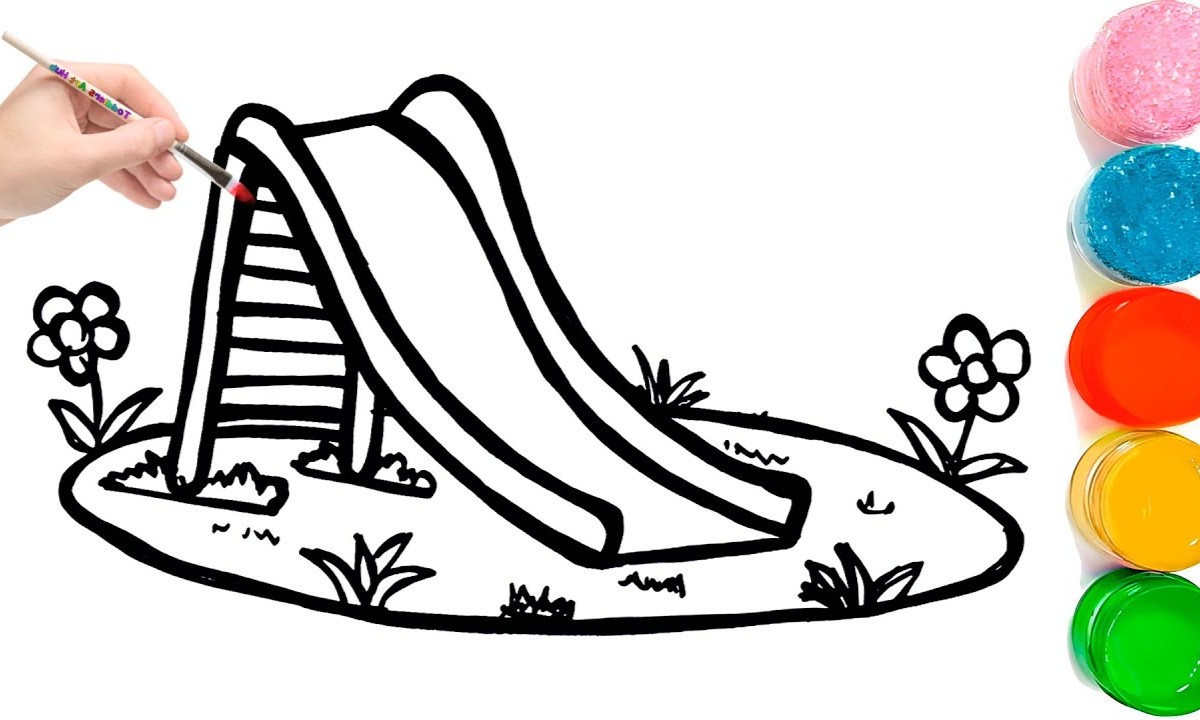
Slide art is more than just pretty pictures on a screen. It’s a powerful tool for communication, education, and creativity. But what exactly makes slide art so special? Slide art combines visual elements like images, text, and graphics to convey messages in a clear, engaging way. Whether you’re a student, teacher, or professional, mastering slide art can elevate your presentations and make your ideas stand out. From the history of slide art to tips for creating stunning slides, this article covers everything you need to know. Ready to dive into the world of slide art? Let’s get started!
The Origins of Slide Art
Slide art has a rich history that dates back to the early days of photography. Here are some fascinating facts about its beginnings.
-
Magic Lanterns: The first slide projectors, known as magic lanterns, were invented in the 17th century. They used hand-painted glass slides to project images.
-
Educational Tools: By the 19th century, magic lanterns became popular educational tools in schools and universities, helping to illustrate lectures.
-
Entertainment: Magic lantern shows were a form of entertainment before movies existed. They often featured stories, travelogues, and even ghost shows.
-
Photography Integration: With the advent of photography, photographic slides began to replace hand-painted ones, making slide art more realistic and detailed.
Evolution of Slide Art
As technology advanced, so did slide art. Let's explore how it evolved over the years.
-
Kodachrome: Introduced in 1935, Kodachrome was the first successful color film for slides. It revolutionized slide art by adding vibrant colors.
-
35mm Slides: The 35mm slide format became the standard for slide projectors, making it easier to create and share slide art.
-
Slide Projectors: The development of carousel slide projectors in the 1960s allowed for automated slide shows, enhancing presentations and storytelling.
-
Digital Transition: In the late 20th century, digital projectors began to replace traditional slide projectors, allowing for more dynamic and interactive presentations.
Slide Art in Education
Slide art has played a significant role in education, making learning more engaging and effective.
-
Visual Learning: Studies have shown that visual aids, like slide art, can improve learning and retention by up to 400%.
-
Science Classes: In science classes, slide art is used to display microscopic images, diagrams, and complex processes, making them easier to understand.
-
History Lessons: Historical photographs and documents can be projected as slides, bringing history to life for students.
-
Art Classes: Art teachers use slide art to showcase famous artworks, techniques, and styles, providing inspiration and context for students.
Slide Art in Business
Businesses have also benefited from the use of slide art in various ways.
-
Presentations: Slide art is a staple in business presentations, helping to convey information clearly and effectively.
-
Marketing: Companies use slide art in marketing campaigns to create visually appealing and persuasive content.
-
Training: Employee training programs often incorporate slide art to illustrate procedures, policies, and best practices.
-
Conferences: At conferences and seminars, slide art is used to enhance speeches and workshops, making them more engaging for attendees.
Creative Uses of Slide Art
Beyond education and business, slide art has found its way into many creative fields.
-
Art Installations: Artists use slide projectors in installations to create immersive and interactive experiences.
-
Theater Productions: Slide art is used in theater to create backdrops, set designs, and special effects.
-
Music Videos: Some music videos incorporate slide art to add a unique visual element to the storytelling.
-
Photography Exhibits: Photographers use slide projectors to display their work in galleries, adding a dynamic element to their exhibits.
Fun Facts about Slide Art
Here are some quirky and fun facts about slide art that you might not know.
-
Slide Libraries: Some universities and museums have extensive slide libraries with thousands of slides, used for research and education.
-
DIY Slides: In the past, people made their own slides by drawing or painting on glass or film.
-
Slide Clubs: Enthusiasts formed slide clubs where they shared and discussed their slide collections.
-
Slide Art Competitions: There are competitions where artists create and showcase their slide art, judged on creativity and technique.
-
Vintage Collectibles: Old slide projectors and slides have become collectible items, cherished by vintage technology enthusiasts.
-
Slide Art Festivals: Some cities host slide art festivals, where artists and enthusiasts gather to celebrate and showcase their work.
-
Slide Art in Movies: Slide projectors have been featured in movies and TV shows, often used to set a nostalgic or educational tone.
Final Thoughts on Slide Art
Slide art isn't just about pretty pictures. It's a powerful tool for communication, education, and creativity. From ancient cave drawings to modern digital presentations, slides have evolved, but their core purpose remains the same: to tell a story. Whether you're a student, teacher, or professional, mastering slide art can make your message more engaging and memorable.
Remember, simplicity is key. Too much text or overly complex graphics can overwhelm your audience. Use clear visuals, concise text, and a consistent theme to keep your slides effective. Practice makes perfect, so don't be afraid to experiment and find your unique style.
Slide art is a skill worth honing. It can transform your presentations, making them not just informative but also captivating. So, next time you create a slide, think of it as an opportunity to share your story in the most impactful way possible.
Was this page helpful?
Our commitment to delivering trustworthy and engaging content is at the heart of what we do. Each fact on our site is contributed by real users like you, bringing a wealth of diverse insights and information. To ensure the highest standards of accuracy and reliability, our dedicated editors meticulously review each submission. This process guarantees that the facts we share are not only fascinating but also credible. Trust in our commitment to quality and authenticity as you explore and learn with us.
